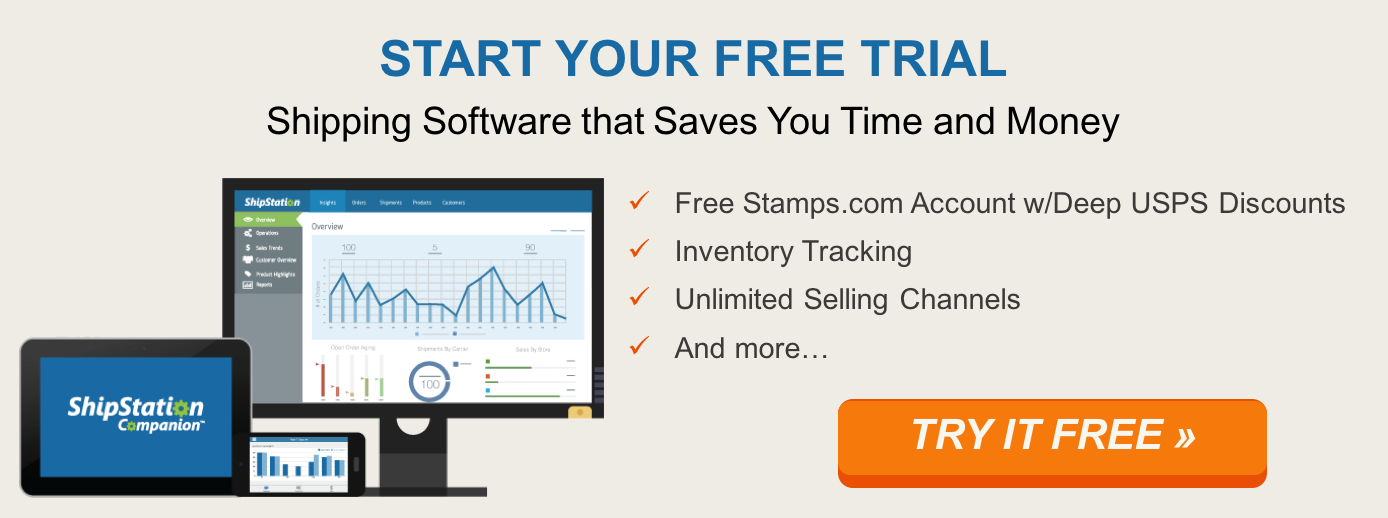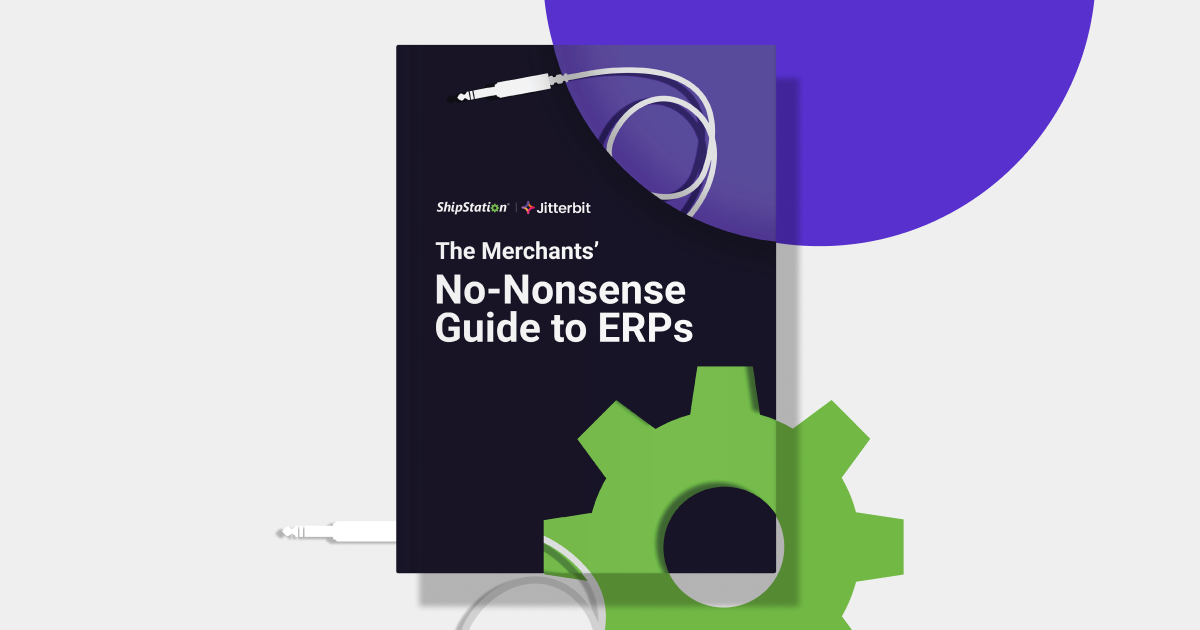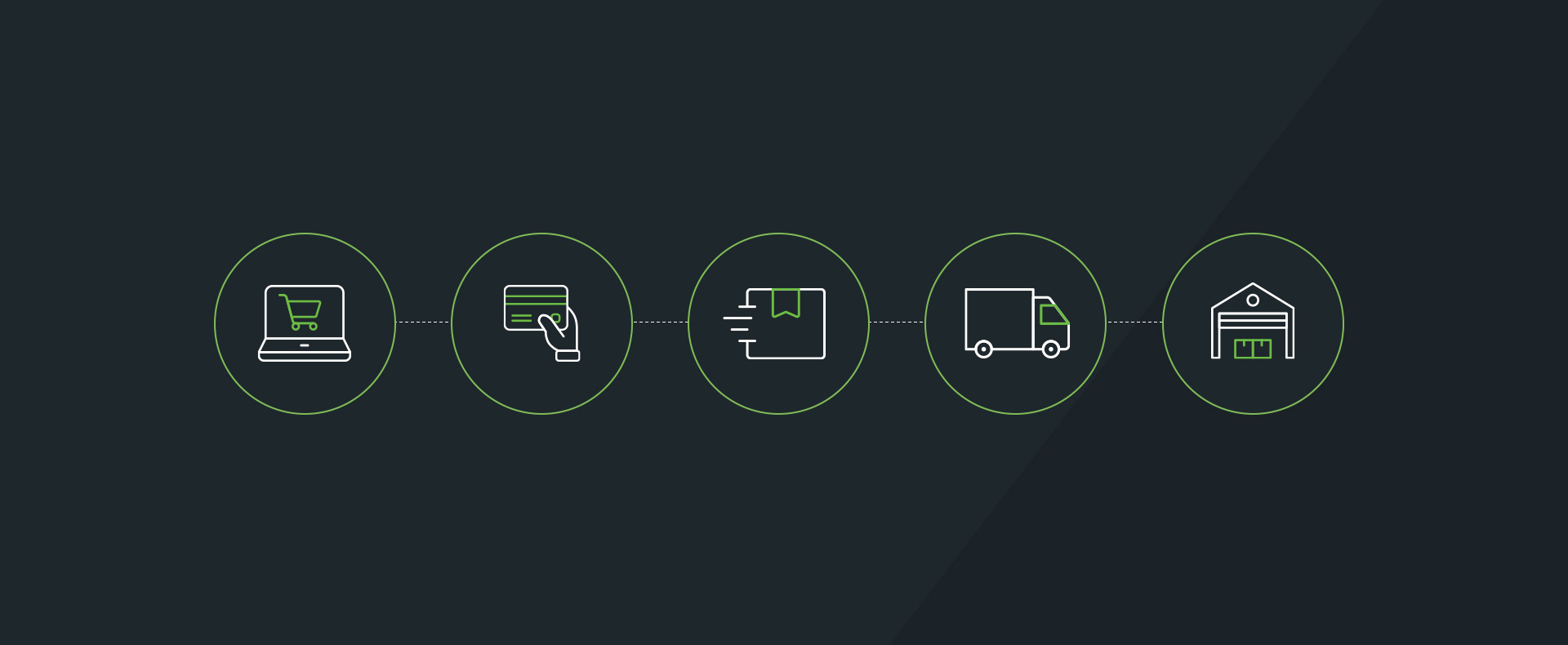Don’t Lose Money on E-commerce Returns
Embracing e-commerce returns means more satisfied customers, better brand visibility, and more sales. Wait—more sales? I thought we were talking about returns. We are.
But studies show that a great returns policy and easy handling = customers spending a lot more over the course of the next two years. So if you do embrace returns, how can you make sure you aren’t losing money on them? After all, an e-commerce return means shipping a product twice. So how can you keep costs down, considering online buyers tend to return at a rate of about 30%?
Check out a few of our ideas and let us know what you think:
Pick the Right Service
When you ship a product to a customer, you’re probably going to go with something a bit quicker than, say, Parcel Select Ground. But a priority-level service, that can compete with Prime, costs a lot. With a return, though, how much does speed matter to you? That’s the question you need to answer.
A faster return service is more expensive. A slower service, like the above-mentioned Parcel Select from USPS, is much, much cheaper. First Class is a good compromise—speedier than Parcel Select, cheaper than Priority, AND it comes with tracking. Its limitation, though, is weight. So depending on what you ship, the service selected has to match the product.
If you’re thinking this sounds very similar to determining you’re customer-bound shipping strategy, that’s because it is. Certain services just won’t work depending on your product. We recommend making a list of questions you need to answer to determine your returns service:
- How much does my average product weigh?
- How soon do I need/want a returned product back?
- How much does it cost to ship my average product with services x, y, z?
- How important is package tracking to this process?
Spend some time answering these questions and you’ll find yourself on the right track to cutting down the cost of returns.
Increase Product Prices
This one’s a bit scary. Higher prices might intimidate customers. People might comment on your next Facebook post about so you should definitely anticipate a backlash, even if it is minor. Get yourself ready for angry customers.
But what if you tie that price increase with a big campaign around your new free returns policy? Suddenly your customers are getting something with this extra cost.
Plus, if you have a newsletter, you can send out a discount code/coupon to long-time customers as a way to acknowledge and move past a small price increase. We realize that this seems counterintuitive but keep in mind only some of the folks you send it out to will use the discount.
You can also think about bundles or reorganizing bundles in different quantities at different price points: If you’re increasing your 6-pack of action figures to $75, maybe offer a 3-pack for $45 and a 2-pack for $35. All of a sudden, that 6-pack looks like a better deal.
Set A Free Shipping Threshold
We advocate for free shipping pretty heavily. One of the tactics we recommend is to set a threshold; for example, ‘Spend $50, get free shipping on your order!’
The idea is simple: customers will spend more to hit that threshold and by spending more, more than covering the cost for their free shipping. So why not increase that threshold a little bit to add in the cost of free e-commerce returns? You can even make it a tiered system: Spend $50 and get free shipping, but spend $75 and get free returns, too!
Remember, you can always test these strategies. Try them out during a sale or mini-holiday and see how customers respond. But as long as you’ve taken the time to think through the questions we’ve posed and looked at the logistics of each strategy, you’ll set yourself up to make a better business decision.






